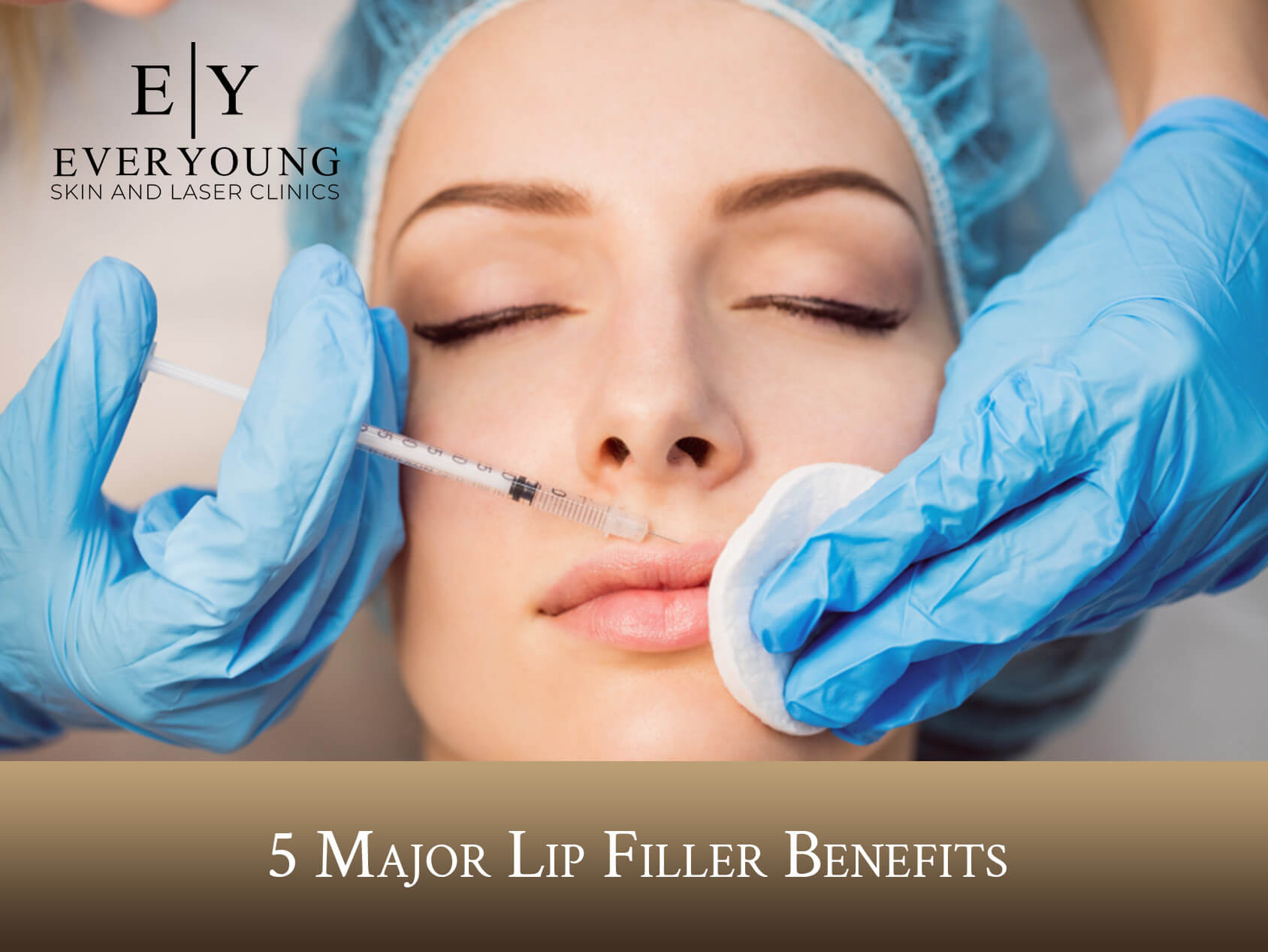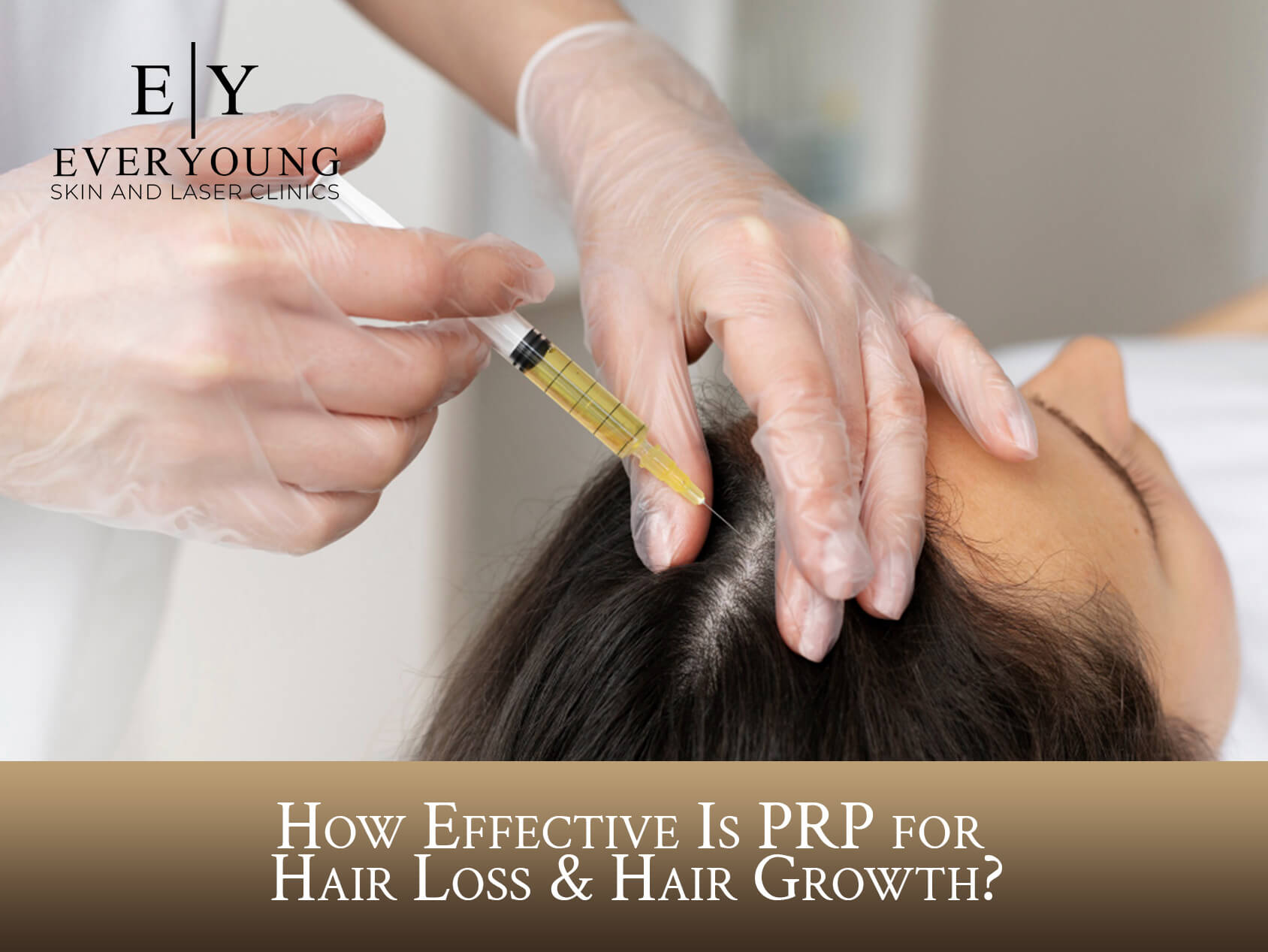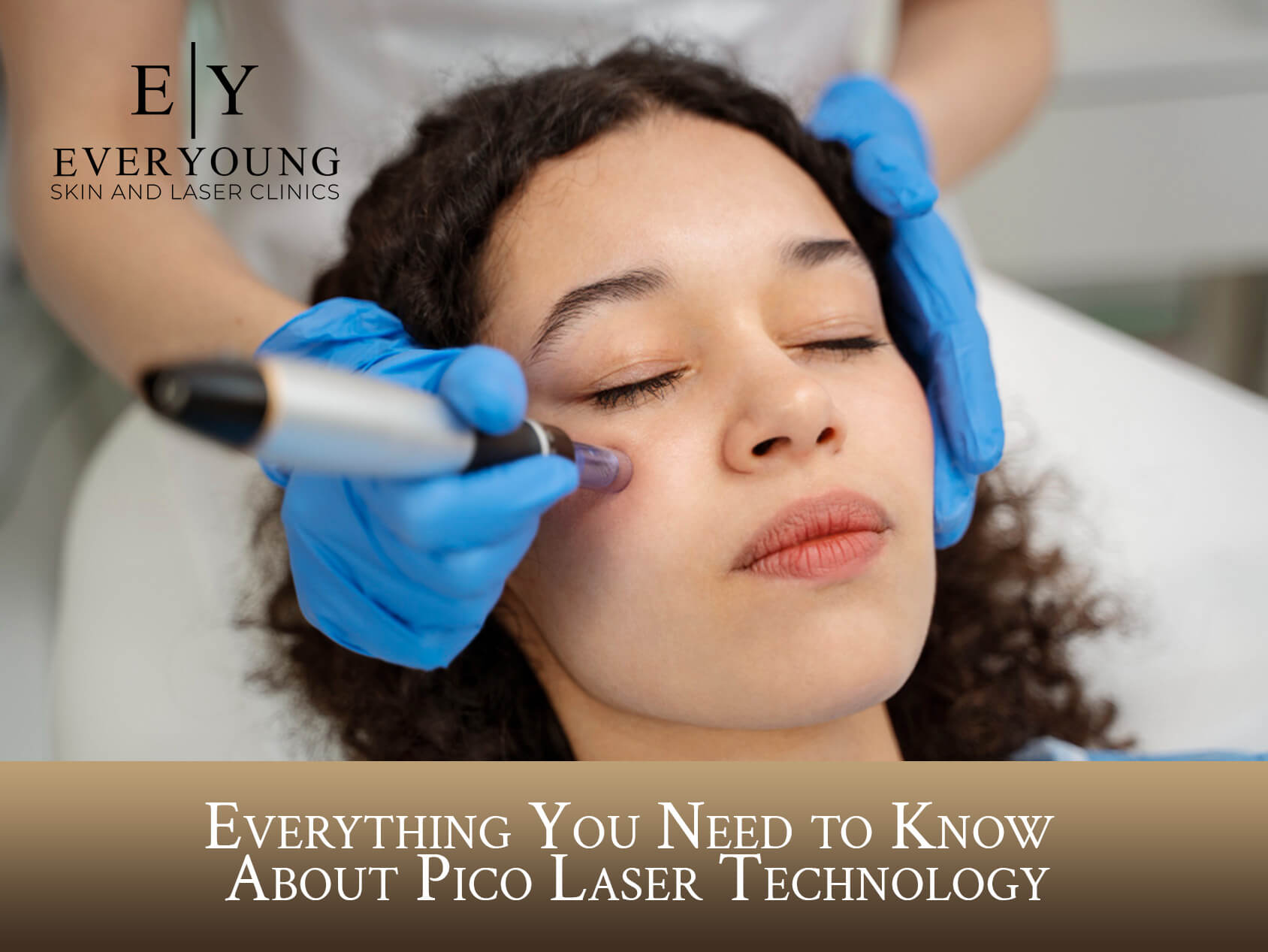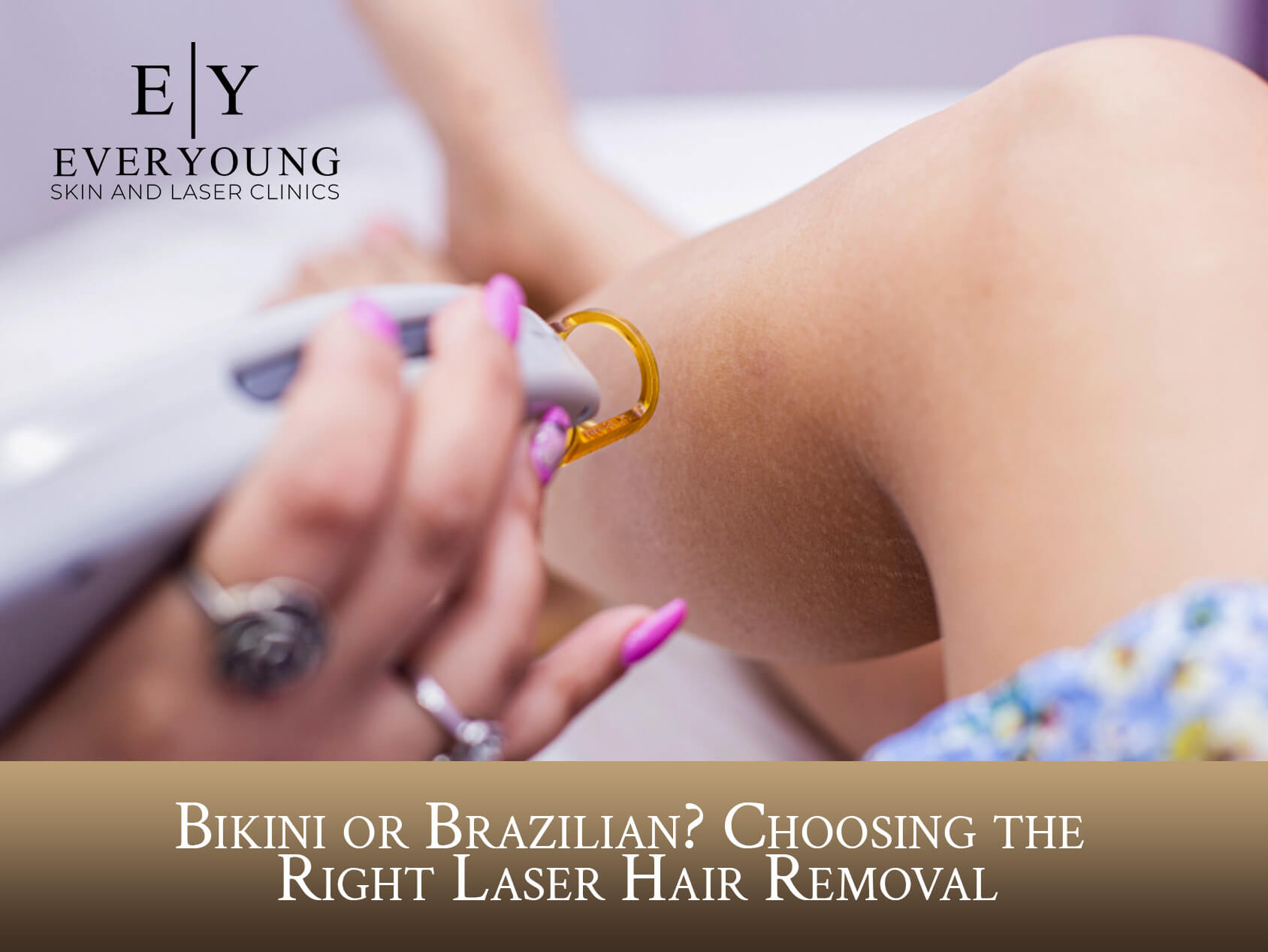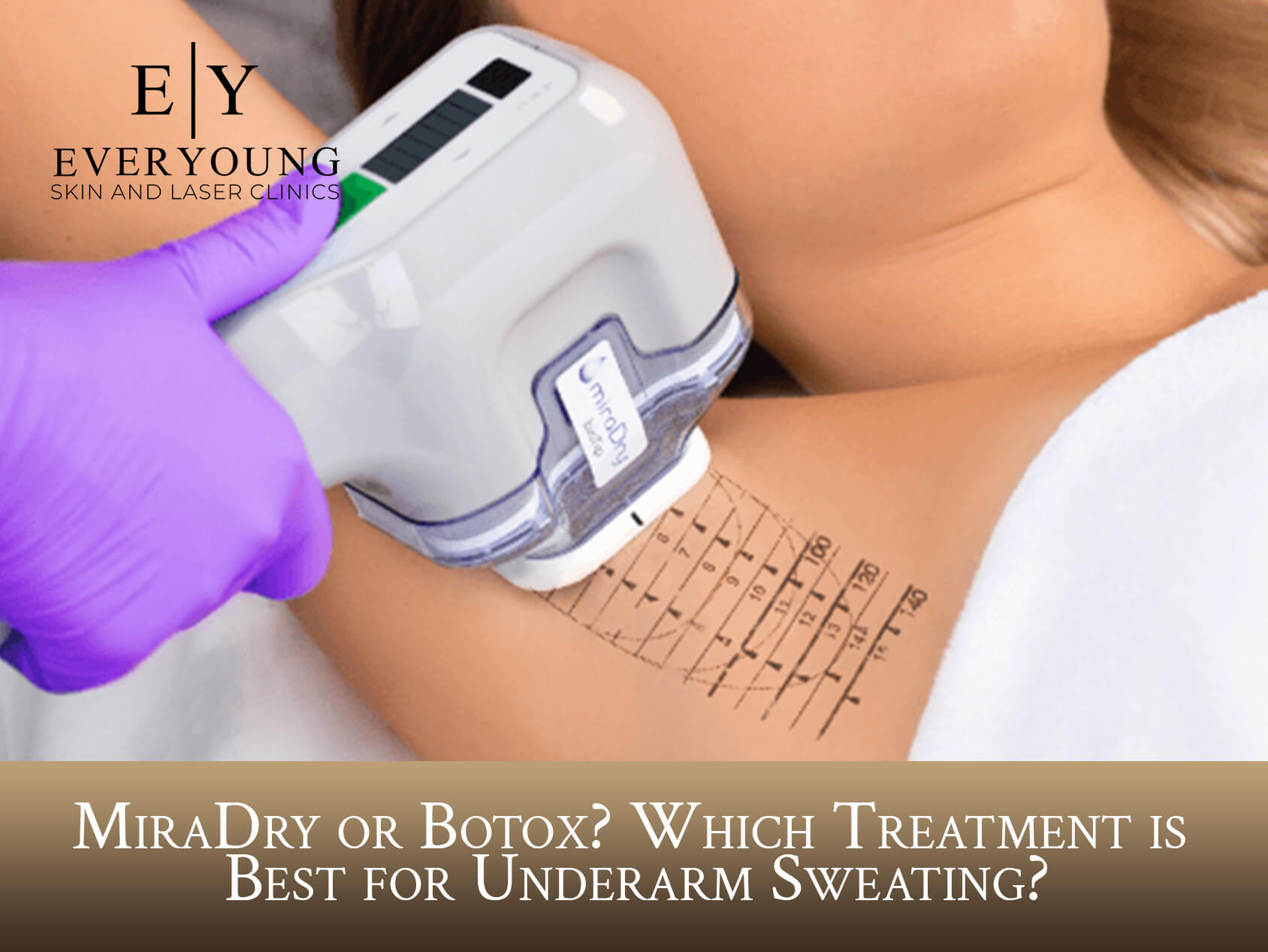Exploring Blue Light Therapy for Acne
With so many acne treatments available, it can be challenging to determine which one is right for you. Blue light therapy can treat the most common types of acne quickly, safely, and effectively. By learning about the benefits and limitations of blue light therapy for acne you can choose the treatment method that best suits your needs.
What Is Acne and What Types Exist?
Acne is a skin condition that happens when hair follicles get clogged with oil, dead skin cells, and bacteria. The result is the formation of lesions (damage or change) on the skin. Let’s review the most common types of acne.
Whiteheads (Closed Comedones)
Whiteheads are small, white or flesh-coloured bumps that appear on the skin’s surface. They occur when hair follicles are clogged with oil and dead skin cells, but are closed at the surface. They are non-inflammatory and less prone to redness and swelling.
Blackheads
Blackheads are also non-inflammatory and have a dark, raised appearance. They are similar to whiteheads because they also happen when hair follicles are clogged with oil and dead skin cells, but they are different because they are open at the surface. Air exposure causes their distinct black or dark appearance.
Papules
Papules are small red or pink bumps on the skin. They appear due to inflammation and are the body’s immune response to blocked hair follicles. Papules are often sensitive to the touch and may not contain pus.
Pustules
Pustules are similar to papules, but they do have pus at their centers. They are red, inflamed bumps with white or yellowish heads. Pustules are most commonly thought of as pimples.
Nodules
Nodules are large, solid, painful bumps found deep within the skin. They occur because of severe inflammation and clogging of hair follicles. Nodular acne lesions are usually deep-rooted and may not come to a head.
Cystic Acne
Cystic acne is the most severe form of acne. The condition appears as large, painful, fluid-filled cysts beneath the skin’s surface. Cysts are usually deeply inflamed and put you at risk for scarring.
Cystic Nodular Acne
Combining cystic and nodular acne, this skin condition is characterized by large, painful cysts and nodules. It is usually extremely painful and can lead to severe scarring if left untreated.
Pigmentation Issues (Post-Inflammatory Hyperpigmentation)
When acne lesions heal, they sometimes leave behind dark spots or patches on the skin. Post-inflammatory hyperpigmentation (PIH) commonly occurs in people with darker skin tones.
Scarring (Acne Scars)
Acne scarring occurs when severe acne is left untreated. The scars come in various forms, including boxcars, icepicks, rolling, and hypertrophic scars. These words are used to describe the shape and texture of acne scars.
Here is your personalized acne clearing routine which you should follow step by step
What Causes Acne?
There are multiple causes of acne. Whether you have moderate acne or a more severe form of the condition, here are a few primary causes.
Hormonal Changes
Hormonal fluctuations, particularly during puberty, can trigger an uptick in sebum production in the skin. This excess sebum has a knack for clogging pores and hair follicles, creating the perfect breeding ground for acne. Hormonal shifts can also happen during pregnancy, menstruation, or when using specific medications, all of which can further fuel acne flare-ups.
Excess Oil Production
Your skin’s sebaceous glands are responsible for keeping it hydrated. However, when these glands go into overdrive, churning out an abundance of sebum (or oil), it can combine with dead skin cells, forming a sticky plug within the hair follicles. This sets the stage for bacterial build-up and acne emerges in the form of blackheads, whiteheads, pimples, and so on.
Bacterial Infection
Propionibacterium acnes (P. acnes) is a naturally occurring skin bacteria. When excess sebum and dead skin cells join forces to block hair follicles, P. acnes seizes the opportunity to multiply, leading to inflammation and infection. This is the primary cause behind inflamed acne lesions, including papules, pustules, nodules, and cysts.
Dietary Factors
While the diet-acne connection varies among individuals, certain dietary choices can exacerbate acne. The consumption of certain high-glycemic-index foods, such as sugary and processed items, may send certain hormone levels soaring, cranking up sebum production and skin inflammation. Some people may also find that dairy products or iodine-rich seafood can aggravate their acne-prone skin.
Genetics
In the realm of acne, genetics pulls some strings. If acne runs in your family, especially among parents or close relatives, you might find yourself with less-than-perfect skin. Genetic factors can influence sebum production, the body’s response to hormonal shifts, and how it handles inflammation. So, whether you’re prone to acne or relatively immune, thank (or blame) your genes.
What Is Blue Light Therapy and How Does It Treat Acne?
Blue light therapy, also known as photodynamic therapy, uses blue light wavelengths to penetrate the skin and activate a photosensitizing agent called porphyrin, which is already present in acne-causing bacteria. Porphyrin generates something called reactive oxygen species (ROS) within the bacteria, which are highly reactive molecules that damage and destroy the bacteria’s cell membranes and proteins. The treatment reduces inflammation and helps prevent new acne lesions from forming.
How Do Patients Prepare for Blue Light Therapy Acne Treatment?
Consult with a doctor or dermatologist to determine if blue light treatments are right for you. A professional can assess your skin condition to determine if blue light therapy suits your acne type and severity level. Be sure to discuss any medications or topical products you are using, because they may recommend stopping certain treatments before your first blue light therapy session.
Once you and your skincare professional have decided blue light therapy is the right choice for you, there are a few simple steps to prepare your skin for the procedure. Protect your skin from direct sun exposure for at least a week before your appointment, as sunburned or tanned skin is often more sensitive to the effects of the treatment.
Before your first treatment, you should follow a gentle skincare routine by cleansing your face with a mild, non-abrasive cleanser. Avoid applying makeup or skincare products that can interfere with the effectiveness of the treatment.
How Does Blue Light Therapy Work?
Blue light therapy is an effective way to treat acne, but how does the procedure work? We have the answers you need before getting treatment for your acne.
Blue light therapy is an acne treatment in a clinical setting such as a dermatologist’s office or at a medispa like EverYoung Laser and Skin Clinic. Each treatment session lasts 15-30 minutes. Patients will lie down or put their face in a device and remain still during the procedure.
Pulses of blue light are applied to the face in a circular motion until the treatment is complete. Blue light therapy requires multiple sessions for successful treatment. The number of sessions will depend on the severity of your acne.
What Types of Acne Does Blue Light Therapy Treat?
Remember that blue light therapy does not treat every type of acne. Certain acne lesions require special care that blue light treatment cannot provide. Blue light acne treatment works for the following types of acne.
Mild to Moderate Acne
Blue light therapy can treat mild to moderate cases of acne. The treatment works well for papules, pustules, nodules, and cystic acne. That’s because the light targets the bacteria responsible for creating these types of acne lesions. It should be noted that blue light therapy is not as effective against non-inflammatory acne lesions, such as blackheads and whiteheads, because they are not caused by bacteria. Topical retinoids and chemical exfoliants work better for this type of acne.
Preventing Acne Scars
Since blue light therapy stops the bacteria that is the source of acne, it prevents future breakouts. In turn, fewer breakouts reduce the amount of acne scarring that can occur.
What Are the Benefits of Blue Light Acne Treatment?
There are many upsides to using this type of phototherapy to treat your acne. Let’s explore the benefits of treating acne using blue light therapy.
Effective Bacterial Control
Blue light therapy targets and eliminates acne-causing bacteria (P. acnes) on the skin’s surface. In turn, there is less inflammation, and new acne lesions cannot form. Through addressing the root cause of acne, blue light therapy offers effective, long-lasting results.
Non-Invasive and Painless
Unlike other treatments, blue light therapy is a non-invasive procedure that doesn’t require incisions, needles, or medications. Patients will experience minimal discomfort throughout treatment, making it a comfortable and painless way to treat acne.
Minimal Side Effects
Like other forms of acne treatment, blue light therapy has some side effects. However, they are fairly minimal and most patients tolerate treatment well. Temporary redness and mild dryness are the most common and short-lived side effects. The treatment is ideal for various skin types.
Short Treatment Sessions
Each blue light therapy session is 15-30 minutes. That means even patients with the busiest lifestyles have time to treat their acne. Patients can return to their daily activities right after treatment.
No Downtime
Some acne treatments require downtime, but blue light therapy does not. Patients can return to their everyday lives following treatment without worry because no recovery period is needed.
For complete guide to acne treatment you can read here.
What Aftercare Is Required for Blue Light Therapy?
Following blue light therapy sessions, you will need to take some precautions. To preserve your skin, you will have to be vigilant because the treatment area will appear pink or red, and you may experience some mild peeling.
After blue light therapy, your skin will be sensitive and you may have to reduce your regular skincare routine depending on the products you use. Scrubs, exfoliants, and topical vitamins should be avoided so you don’t irritate your skin.
Overall, blue light therapy offers several benefits for acne-prone skin. It is an effective way to treat mild to moderate cases of acne without discomfort or downtime. Are you ready to get your skin back with the help of blue light therapy? Visit or call EverYoung Laser and Skin Clinic for an acne treatment consultation today.




